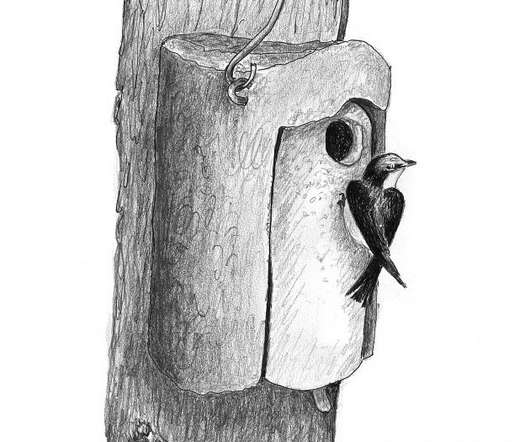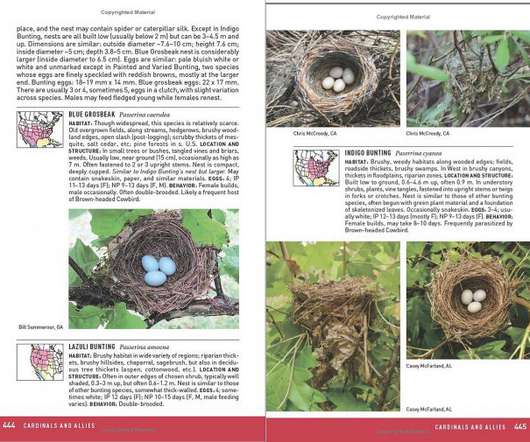Is The Hooded Grebe About To Go Extinct?
10,000 Birds
AUGUST 20, 2013
From Birdlife International, “In 2010-2011 an American Mink Neovison vison, a new arrival on the Buenos Aires plateau, killed more than half the adults in a breeding colony of two dozen nests (Roesler et al. We only observed 6 breeding colonies, two in 2009/2010 and four in 2010/ 2011, totalling 242 nesting attempts.















Let's personalize your content